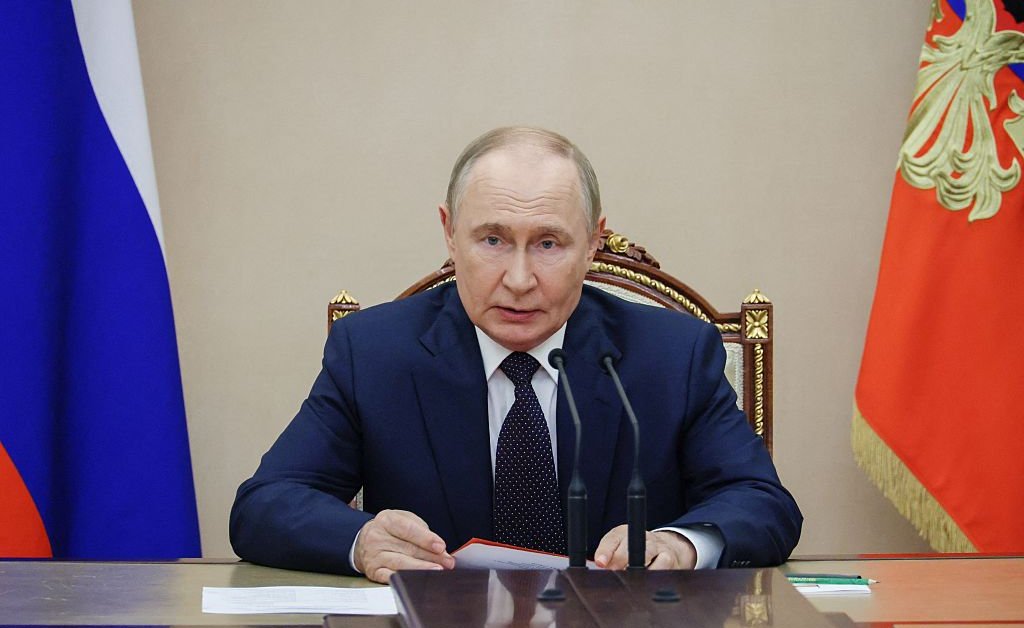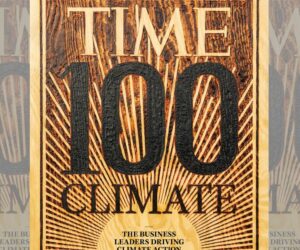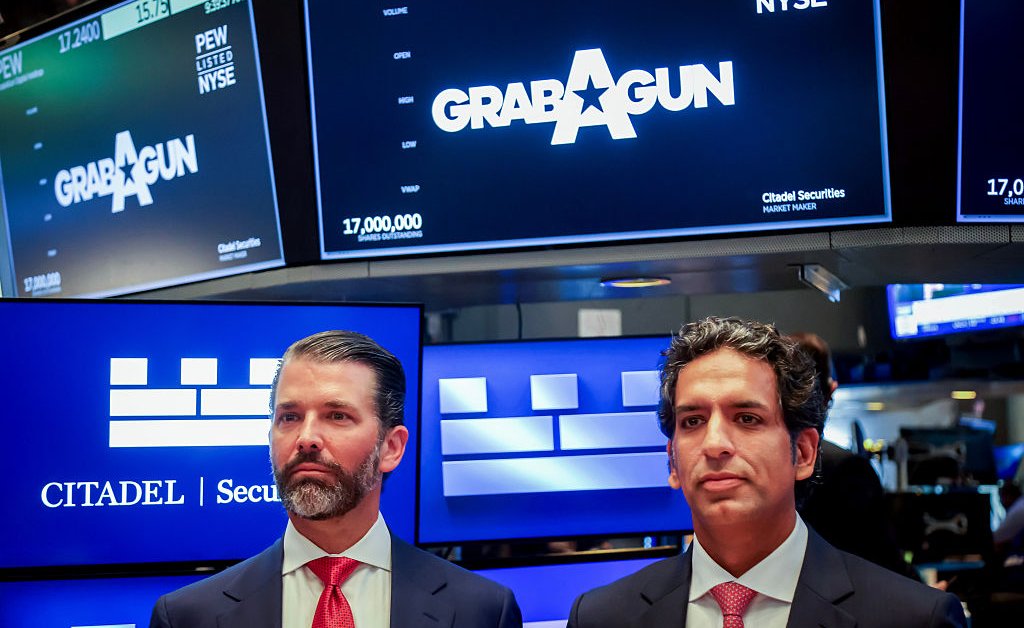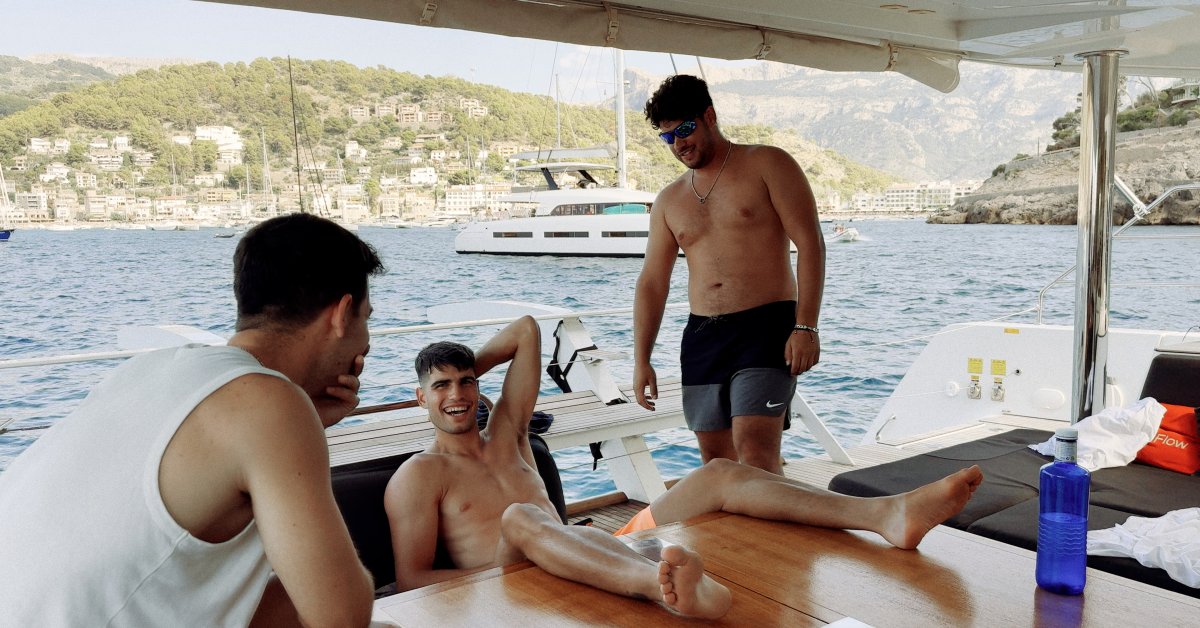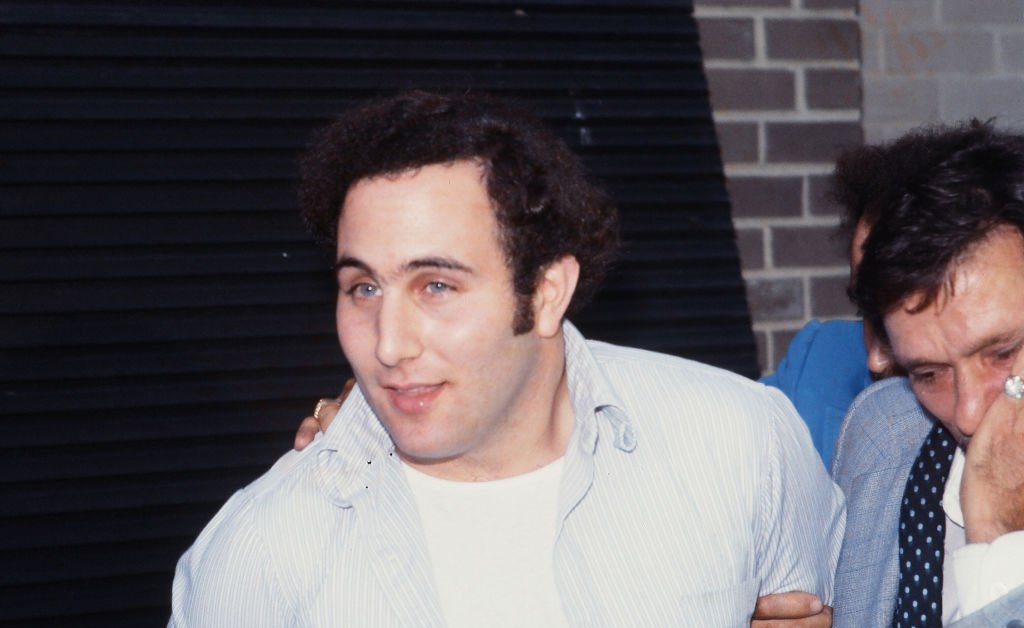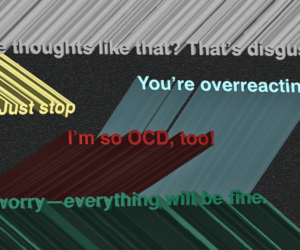Amidst President Donald Trump’ dance with Russian President Vladimir Putin, he has threatened to impose heavy tariffs on countries buying Russian oil and announced that he and Putin will meet in Alaska to discuss a potential Ukraine peace deal. Ahead of their meeting on Aug. 15, Trump needs to remember that he holds all the cards—while Putin holds none.
It would be a mistake if this turned into merely another instance when Trump threatens Putin with tough talk, only to back down prematurely. For all Putin’s tough guy bluster, the reality is that Putin is staring down bankruptcy.
For years now, Putin has been obfuscating how weak the Russian economy really is, by hiding and fudging the numbers. Putin refuses to disclose major economic indicators as required by The International Monetary Fund (IMF). This ranges from foreign trade data, monthly output data on oil and gas, and central bank monetary base data. Even Rosaviatsiya, Russia’s federal air transport agency, has stopped publishing data on air passenger volumes.
Read More: How Trump’s Decision to Fire BLS Commissioner Echoes Putin’s Strategies
Due to Putin’s obfuscation, few appreciate how close Putin is to running out of cash—even though all the evidence has been hiding in plain sight. The value of Putin’s sovereign wealth fund and foreign exchange reserves have dwindled by half since Putin’s invasion of Ukraine, as he draws down his windfall oil revenues faster than he can replenish his coffers. That is because Putin is running unsustainable record budget deficits to fund his war machine in the tens of billions.
And with over 1,000 multinational businesses having exited from Russia, Putin is running out of new cookie jars to raid to keep the lights on. In addition to the massive flight of capital from the country, the exodus of Russia’s tech professionals, and the disappearance of foreign direct investment, puts Putin in a bind.
This difficult position might explain why Putin’s grip over even his own loyal underlings is slipping as more economic officials speak out with warnings over the dire state of the economy—a rarity in Putin’s command and control system. The Russian Central Bank itself is forecasting no GDP growth by the end of 2025, with Central Bank Governor Elvira Nabiullina warning last month that the economy had reached “the edge of capacity.” Meanwhile, Economy Minister Maxim Reshetnikov said the country was “on the verge of a transition to recession”.
Putin is trying to put a band-aid on cancer, by encouraging the Agriculture and Trade ministries to put in price caps on dairy, vegetables, and poultry. Price caps might temporarily alleviate the pain but in the long run, all it accomplishes is exacerbate supply shortages and public discontent.
Unless Putin ends his war, he threatens to strangle his own nation with inflation. As Trump pointed out, Russian inflation has gone through the roof with annual inflation near 10%. Basic food items are becoming prohibitively expensive, with milk and dairy inflation near 20%; bread and bakery inflation near 15%; and fruit and vegetable inflation near 30%. Inflation across gasoline, housing, and utilities is similarly in the double digits. No wonder that even Russian pollsters themselves acknowledge that 58% of Russians named rising prices as their top concern, while only 33% mentioned the war in Ukraine.
Read More: What Trump Can’t Achieve in Ukraine
Given this deteriorating economic backdrop for Putin, Trump holds all the cards while Putin holds none. If Trump chooses to escalate economic sanctions and economic pressure on Russia, through cutting off Putin’s exports of oil, and other natural resources, Putin could run out of money very soon—perhaps even by the end of the year. Putin’s bluff is ready to be called—if Trump plays his hand correctly and doesn’t back down prematurely.
But this game of cards isn’t the only one afoot. If Trump moves forward with his Putin meeting, he has to know that going in unprepared is also akin to playing Russian Roulette; and he needs to know which chambers have the bullets.

